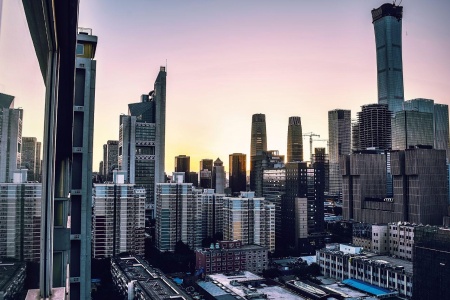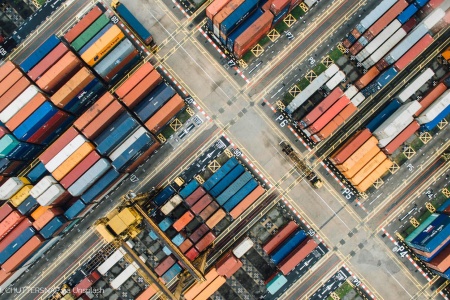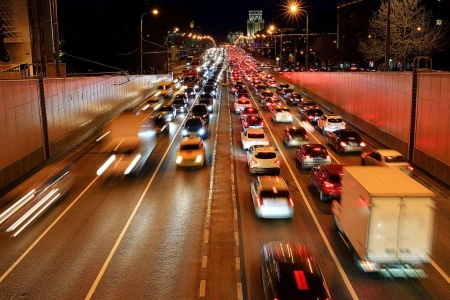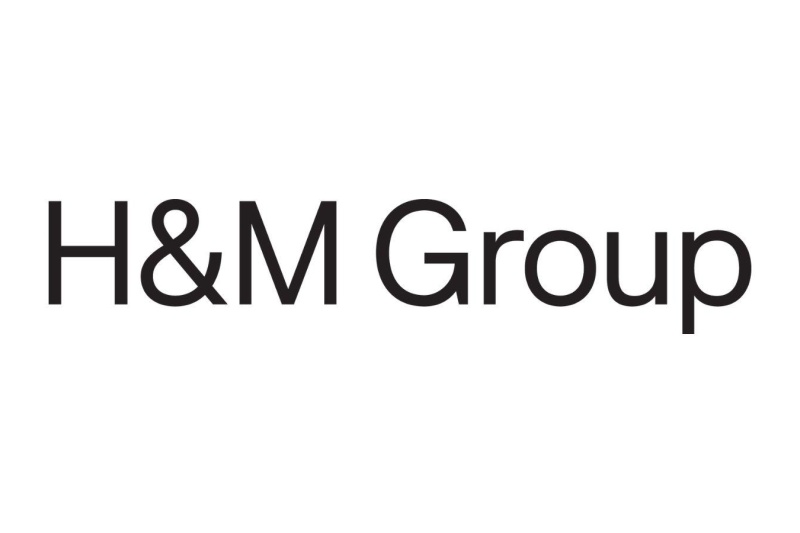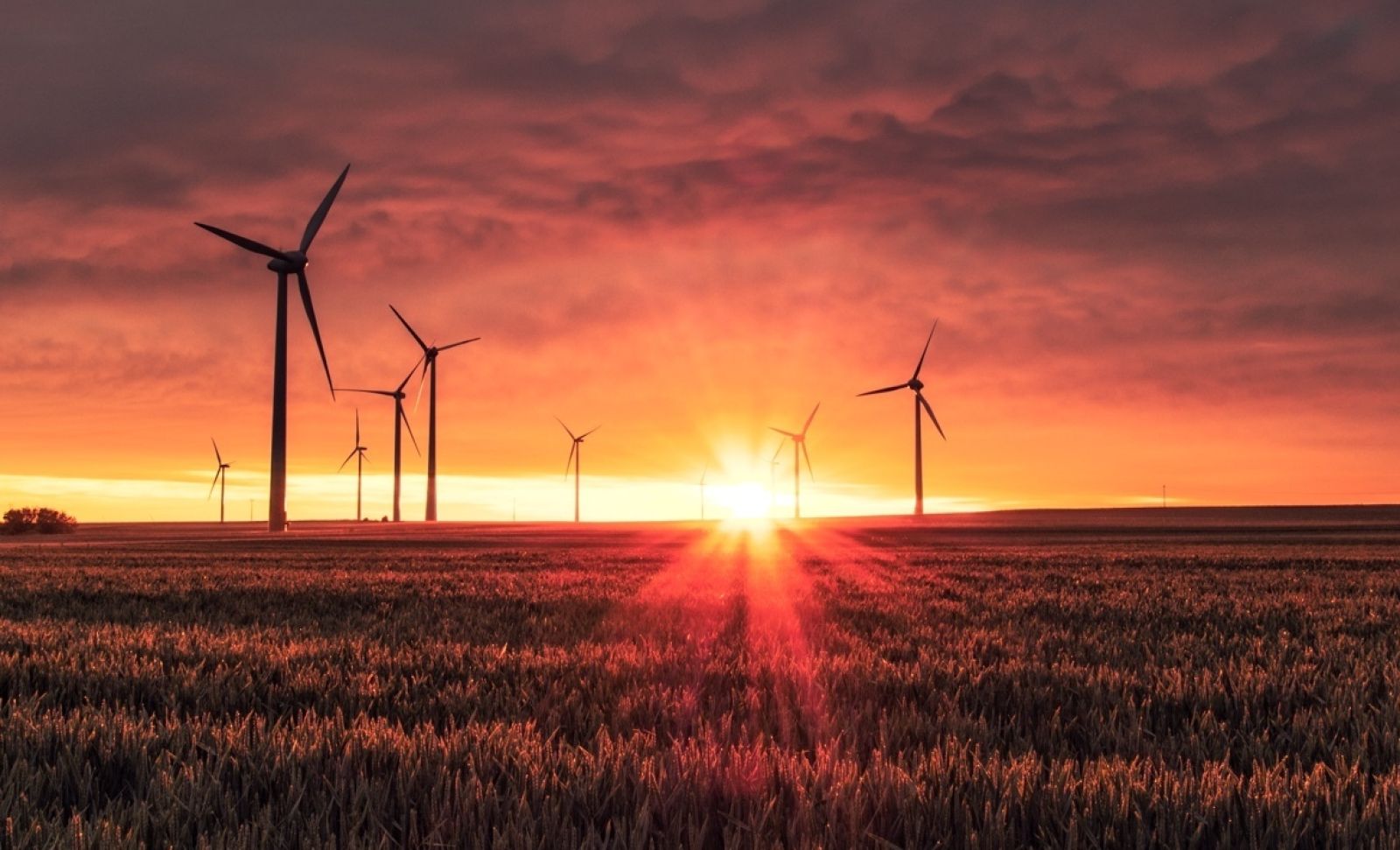
Case Study - Hindustan Zinc Limited
Hindustan Zinc Limited (HZL) specialises in zinc-lead mining and is one of the top ten silver producers globally. It prioritises the adoption of sustainable policies and conservation of scarce natural resources. Learn about HZL's science-based targets here.
Hindustan Zinc Limited (HZL) is India’s largest and the world’s second largest zinc-lead mining company. Globally, HZL is among the top ten silver producers and its fully integrated zinc operations hold a 78% market share in India’s primary zinc industry. With a reserve base of 106 million metric tonnes (MT), an average zinc-lead grade of 10.5%, and 306 million MT of mineral resources, HZL has a mine life of over 25 years. The company is a subsidiary of Vedanta Limited, which owns a 64.9% stake in the business. The Government of India holds 29.5%.
Why science-based targets?
To promote operational excellence and boost growth, HZL has embedded sustainability into its business model. Throughout its supply chain, the company prioritises the adoption of sustainable policies and conservation of scarce natural resources. HZL has committed to adopting and maintaining global best practices for minimising greenhouse gas (GHG) emissions from its operations. This involves tracking its carbon footprint and implementing initiatives for GHG emissions reductions, including switching to renewable energy.
Crucially for HZL, these emissions targets must be aligned with the Paris Agreement and grounded in climate science. HZL joined the Science-Based Targets initiative (SBTi) in June 2017, and its targets were approved in September 2018, making it the second Indian company to have approved science-based targets (SBTs).
“Setting SBTs has helped us to define our sustainability roadmap and is certainly expected to reap economic benefits.”
Sunil Duggal, CEO Hindustan Zinc Limited
Meeting the targets
Meeting science-based targets in the context of a growing business can be difficult. Responding to this challenge, HZL has implemented a range of measures to reduce its Scope 1 and 2 emissions. Shifting from open cast mining to underground mining led to a significant saving in the consumption of high speed diesel, which resulted in emissions reductions of more than 68 thousand tonnes of CO2 equivalent in 2018. HZL has also: changed the brush seals of turbines and developed transformer taps to improve energy efficiency and reduce power consumption at all its thermal power plants; optimised the pressure settings of cement bulker-unloading compressors; and established more efficient cooling methods. The company has also advanced low-carbon energy by replacing compressors, switching from liquefied petroleum gas burners to electric heaters, installing LED lights, and modifying discharge lines. Due to an increase in production, overall Scope 1 and Scope 2 emissions increased from 2017 to 2018, however HZL’s emissions reduction measures have helped to reduce total Scope 1 and Scope 2 emissions by 2% between 2018 to 2019 (Figure 1).
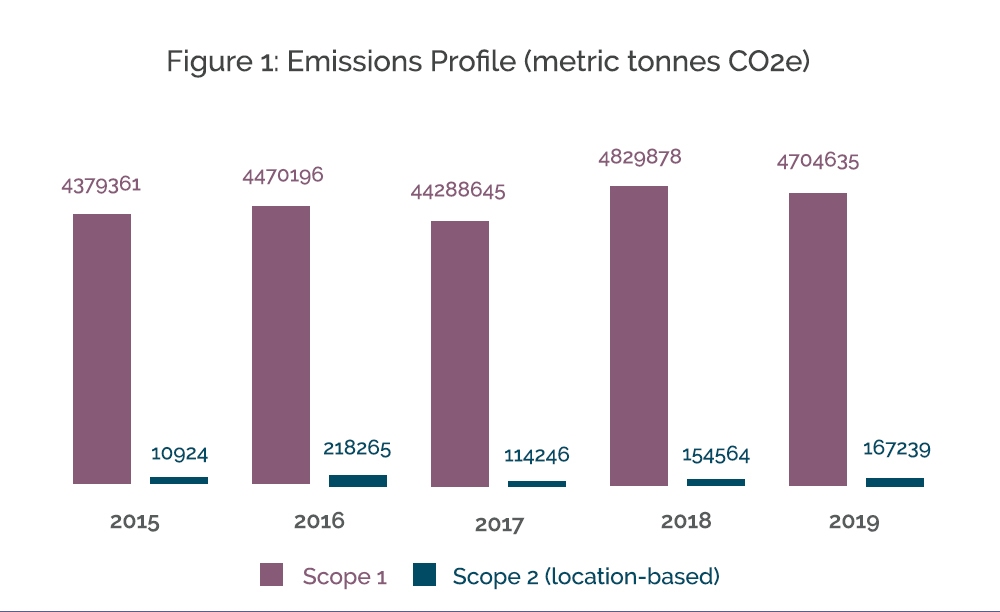
To further address indirect emissions, HZL increased its renewable energy portfolio. The company has recently commissioned a solar power plant with a 12 MW capacity at one of its zinc smelters, which is reducing HZL’s carbon footprint by approximately 14,000 MT a year. Similar renewable plants have increased the company’s clean energy capacity by 22 MW at its Rampura Agucha site and 4 MW at its Dariba site. Between 2017 and 2019, HZL increased its total renewable energy consumption by 48% (Figure 2) and currently consumes 100% of its self-generated renewable energy. HZL’s shift towards green power generation has reduced its carbon footprint by more than 66,000 MT of CO2 equivalent a year.
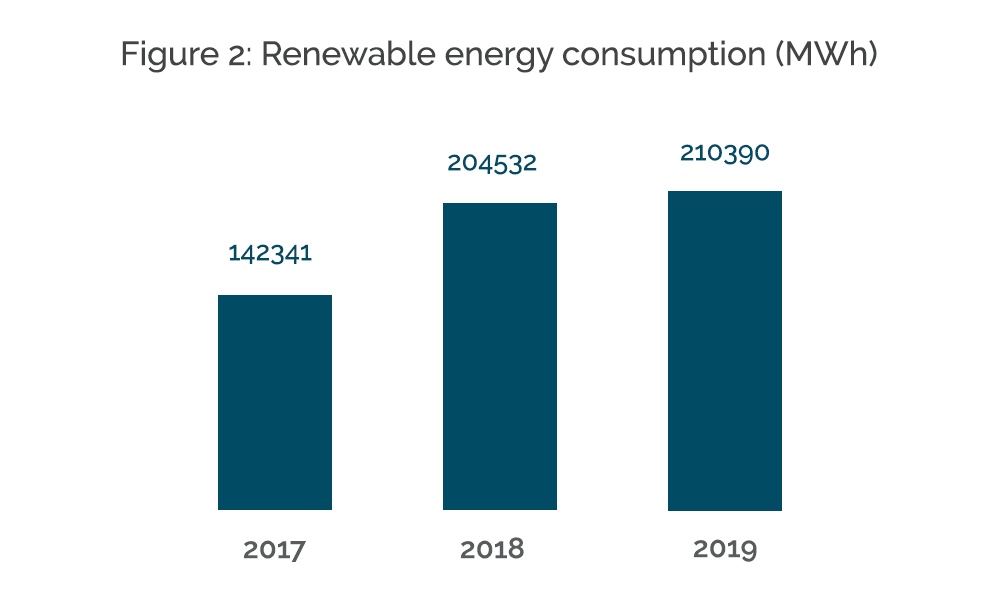
At present HZL has a total green power capacity of 348 MW, made up of 274 MW of wind power, 35 MW of waste heat power and 39 MW of solar power. New green power projects in the pipeline include a waste heat recovery boiler, 50 MW worth of wind power plants at the company’s mining sites, and various solar power projects. A new floating solar power station at a dam near HZL’s Chanderia site will save five acres of land use and reduce water evaporation in an already water-stressed region. HZL is in the process of developing an emissions reduction plan for its Scope 3 inventory.
Discussing the benefits of adopting science-based targets, the HZL team said that since the Paris Agreement many companies had taken action towards transitioning to low carbon strategies and setting science-based targets, and as a responsible corporate, the company is committed to taking action to reduce carbon emissions. HZL explained that the reductions in GHG emissions will help to reduce the company’s overall energy consumption, safeguard its future, and improve its brand value.
This case study was prepared in February 2020 by CDP India
Join the companies taking action
Latest News
View News